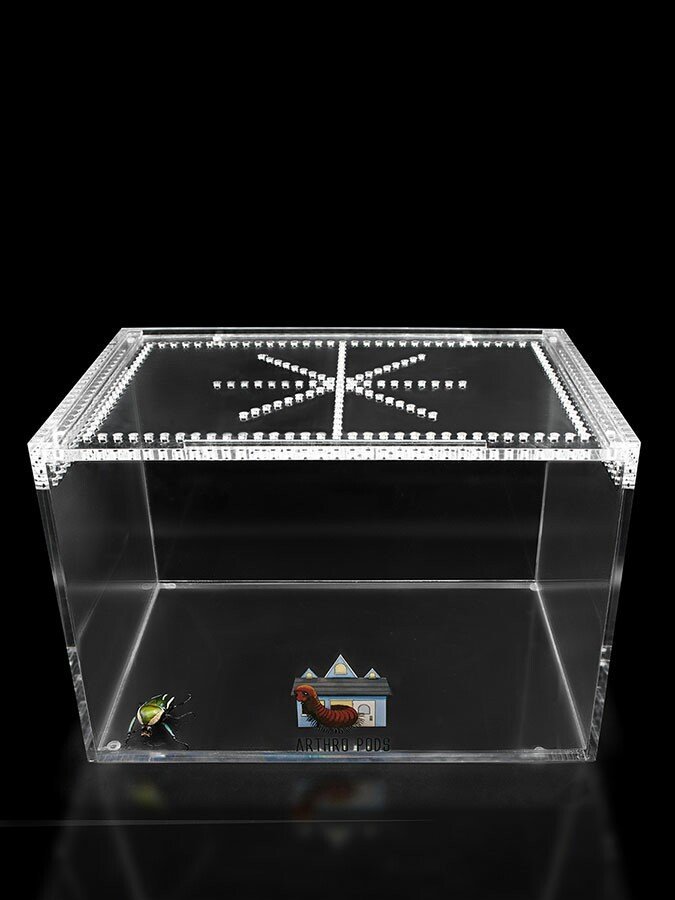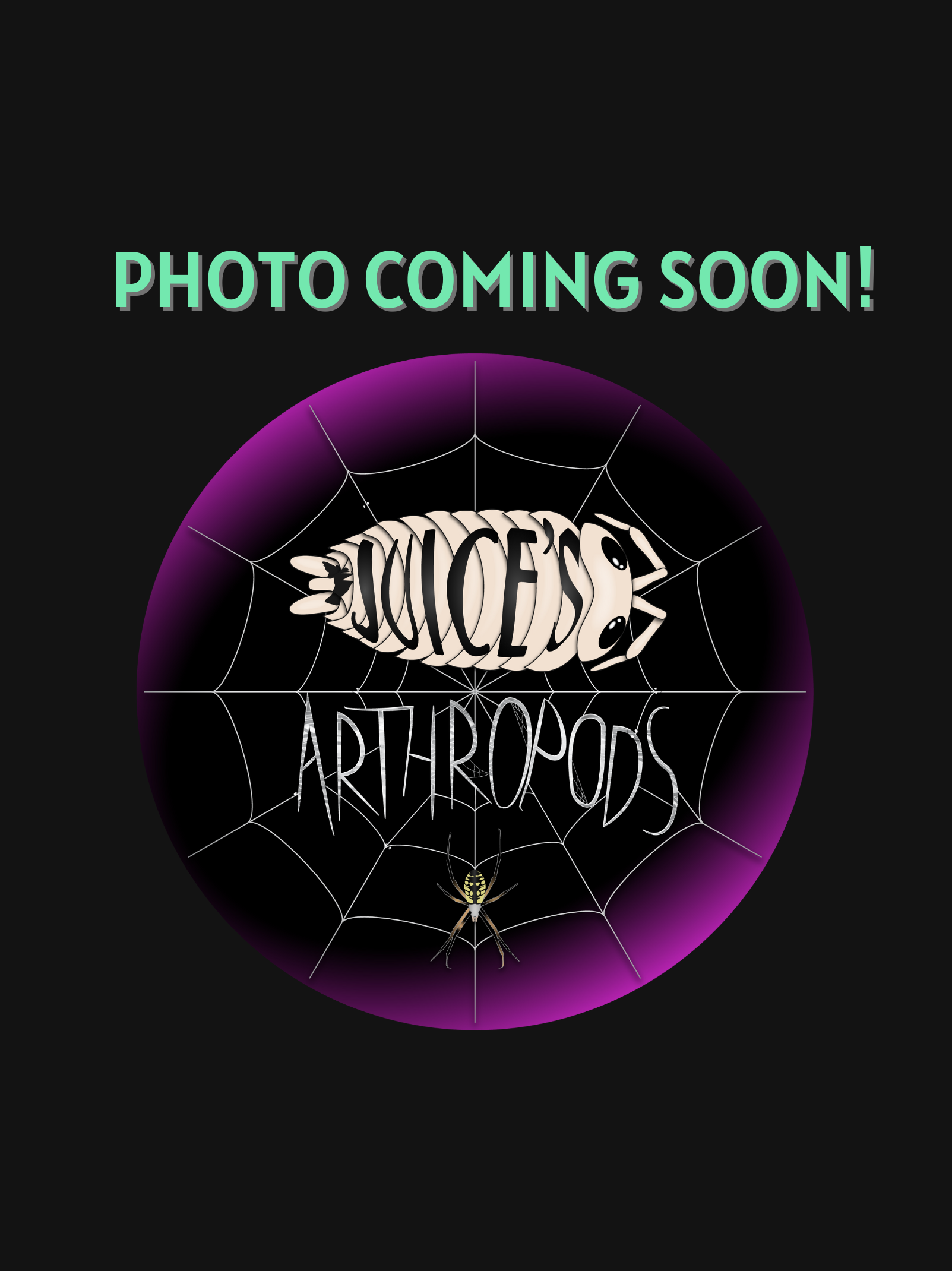What’s the ideal diet for a Brazilian Redrump Tarantula?
All Tarantulas can eat a variety of feeders. Stick to crickets, dubia roaches, silkworms, horned worms occasionally, and a superworm or mealworm as the occasional treat!
How should I keep a Brazilian Redrump Tarantula?
For this particular creature, you can start with a small Terrestrial Terrain enclosure if under a ¼” - 1.2” spiderling (sling), and when they get to be about 1” in size, you will want to upgrade to the medium or large Terrestrial Terrain enclosure. Feed them as slings once a week, twice if their opisthosoma (abdomen) looks small, but if the opisthosoma is wider than their prosoma (cephalothorax), then wait a couple of days to feed. For juveniles or adults, stick to feeding once a week, nothing larger than their opisthosoma. Make sure to keep a full water dish at all times; wider and deeper is fine. Your tarantula can’t drown; they float on water.
How long could a Brazilian Redrump Tarantula live?
Of all Tarantulas from the Grammostola genus we’ve researched, on average, females would live between 15-20+, with some believing them to live even longer now with studies currently being conducted and males living between 5-8 years. All estimates are based on multiple sources.
Photo courtesy of iNaturalist (© wagnerlara, all rights reserved)










